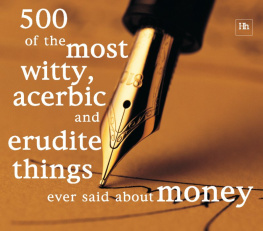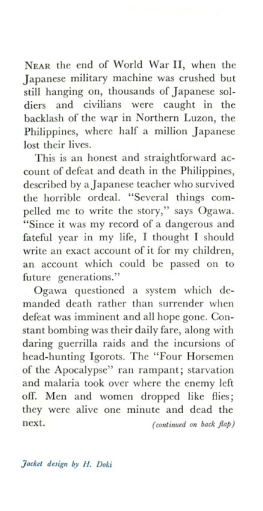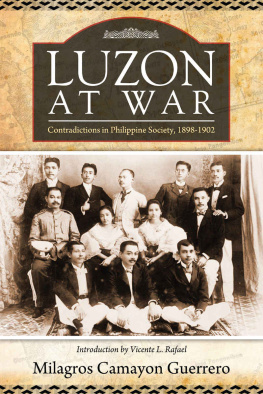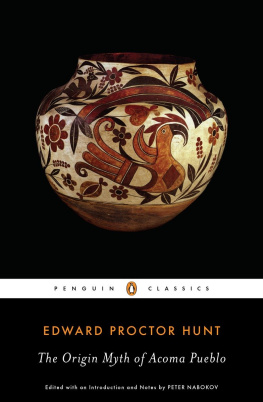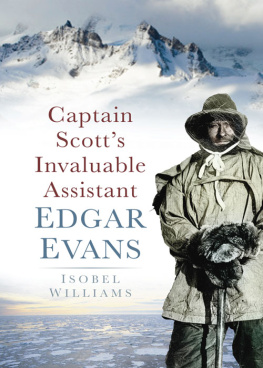The Project Gutenberg EBook of The Bontoc Igorot, by Albert Ernest JenksThis eBook is for the use of anyone anywhere at no cost and withalmost no restrictions whatsoever. You may copy it, give it away orre-use it under the terms of the Project Gutenberg License includedwith this eBook or online at www.gutenberg.netTitle: The Bontoc IgorotAuthor: Albert Ernest JenksRelease Date: March 18, 2005 [EBook #3308]Language: EnglishCharacter set encoding: ASCII*** START OF THIS PROJECT GUTENBERG EBOOK THE BONTOC IGOROT ***Produced by Jeroen Hellingman
Page 2
Group of prominent men, Bontoc pueblo.
Group of prominent men, Bontoc pueblo.
Photo by Jenks.
The Bontoc Igorot
Albert ErnestJenks
Manila 1905
Page 3
Letter of Transmittal
Department of the Interior,The Ethnological Survey ,
Manila, February 3, 1904.
Sir : I have the honorto submit a study of the Bontoc Igorot made for this Survey duringthe year 1903. It is transmitted with the recommendation that it bepublished as Volume I of a series of scientific studies to beissued by The Ethnological Survey for the Philippine Islands.
Respectfully,
Albert Ernst Jenks,
Chief of The Ethnological Survey.
Hon. Dean C.Worcester , Secretary of the Interior, Manila, P. I. Page 5
Table of Contents
Page 9
Illustrations
Page 13
Preface
After an expedition of two months in September,October, and November, 1902, among the people of northern Luzon itwas decided that the Igorot of Bontoc pueblo, in the Province ofLepanto-Bontoc, are as typical of the primitive mountainagriculturist of Luzon as any group visited, and that ethnologicinvestigations directed from Bontoc pueblo would enable theinvestigator to show the culture of the primitive mountaineer ofLuzon as well as or better than investigations centeredelsewhere.
Accompanied by Mrs. Jenks, the writer took upresidence in Bontoc pueblo the 1st of January, 1903, and remainedfive months. The following data were gathered during that Bontocresidence, the previous expedition of two months, and a residenceof about six weeks among the Benguet Igorot.
The accompanying illustrations are mainly fromphotographs. Some of them were taken in April, 1903, by Hon. DeanC. Worcester, Secretary of the Interior; others are the work of Mr.Charles Martin, Government photographer, and were taken in January,1903; the others were made by the writer to supplement those takenby Mr. Martin, whose time was limited in the area. Credit for eachphotograph is given with the halftone as it appears.
I wish to express my gratitude for the many favorsof the only other Americans living in Bontoc Province during mystay there, namely, Lieutenant-Governor Truman K. Hunt, M.D.;Constabulary Lieutenant (now Captain) Elmer A. Eckman; and Mr.William F. Smith, American teacher.
In the following pages native words have theirsyllabic divisions shown by hyphens and their accented syllablesand vowels marked in the various sections wherein the words areconsidered technically for the first time, and also in thevocabulary in Page 14a single word, and timewas too limited for any extensive language study. The followingalphabet has been used in writing native words.
- a as in far; Spanishramo
- as in law; as o in Frenchor
- ay as ai in aisle; Spanishhay
- ao as ou in out; as auin Spanish auto
- b as in bad; Spanishbajar
- ch as in check; Spanishchico
- d as in dog; Spanish dar
- e as in they; Spanishhall
- as in then; Spanishcomen
- f as in fight; Spanishfirmar
- g as in go; Spanishgozar
- h as in he; Tagalogbahay
- i as in pique; Spanishhijo
- as in pick
- k as in keen
- l as in lamb; Spanishlente
- m as in man; Spanishmenos
- n as in now; Spanishjabon
- ng as in finger; Spanishlengua
- o as in note; Spanishnosotros
- oi as in boil
- p as in poor; Spanishpero
- q as ch in German ich
- s as in sauce; Spanishsordo
- sh as in shall; as ch inFrench charmer
- t as in touch; Spanishtomar
- u as in rule; Spanishuno
- as in but
- as in German khl
Next page


